Health Communication Tools and Project Materials on Dengue
Dengue emerged as a worldwide problem in the 1950s, and is endemic in Puerto Rico and in Latin America, Southeast Asia and the Pacific islands.
It is a leading cause of death in those areas.
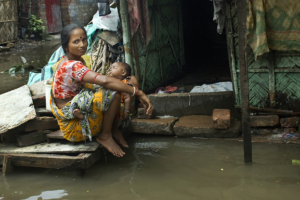
A mother waits for local municipality assistance as her son suffers from “dengi” in Kolkata, West Bengal, India. Due to the poor sanitation system, most of this portion of Kolkata City sinks after heavy rains, which causes different types of malaria. © 2008 Sandipan Majumdar, Courtesy of Photoshare
Dengue is transmitted by female mosquitoes mainly of the species Aedes aegypti and, to a lesser extent, Ae. albopictus. This mosquito also transmits chikungunya, yellow fever and Zika infection. Dengue is widespread throughout the tropics, with local variations in risk influenced by rainfall, temperature and unplanned rapid urbanization.
Globally, dengue is the most common arboviral disease, with 40% of the world’s population living in areas with dengue virus transmission. Of the estimated 390 million infections and 100 million cases annually, a small proportion of these cases progress to severe dengue. Roughly 1 in 2,000 dengue cases result in death. However, the case-fatality rate of patients with severe dengue can be reduced from ~10% to <0.1% by the timing and quality of clinical care that patients receive. Studies regarding the prevalence of dengue estimate that 3.9 billion people, in 128 countries, are at risk of infection with dengue viruses.
Dengue is caused by any one of four related viruses transmitted by mosquitoes. There are not yet any vaccines to prevent infection with dengue virus and the most effective protective measures are those that avoid mosquito bites. When infected, early recognition and prompt supportive treatment can substantially lower the risk of medical complications and death.
Critical to prevention and treatment of dengue is the availability of social and behavior change communication (SBCC) tools and materials. Service providers need to be aware of symptoms, explain treatment protocols, and inform the patient and family members about care of the patient. The general public needs to know about the vital importance of prevention techniques, and how to recognize symptoms in others.
In its latest Trending Topic, The Health COMpass presents a range of SBCC tools and project materials created for dengue, and we welcome our users to submit their own materials to our collection by registering and then contributing online. This is the Health COMpass’ second Trending Topic devoted to SBCC for mosquito-borne diseases; see the Trending Topic on Zika Virus published in January 2016.
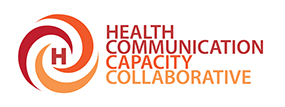
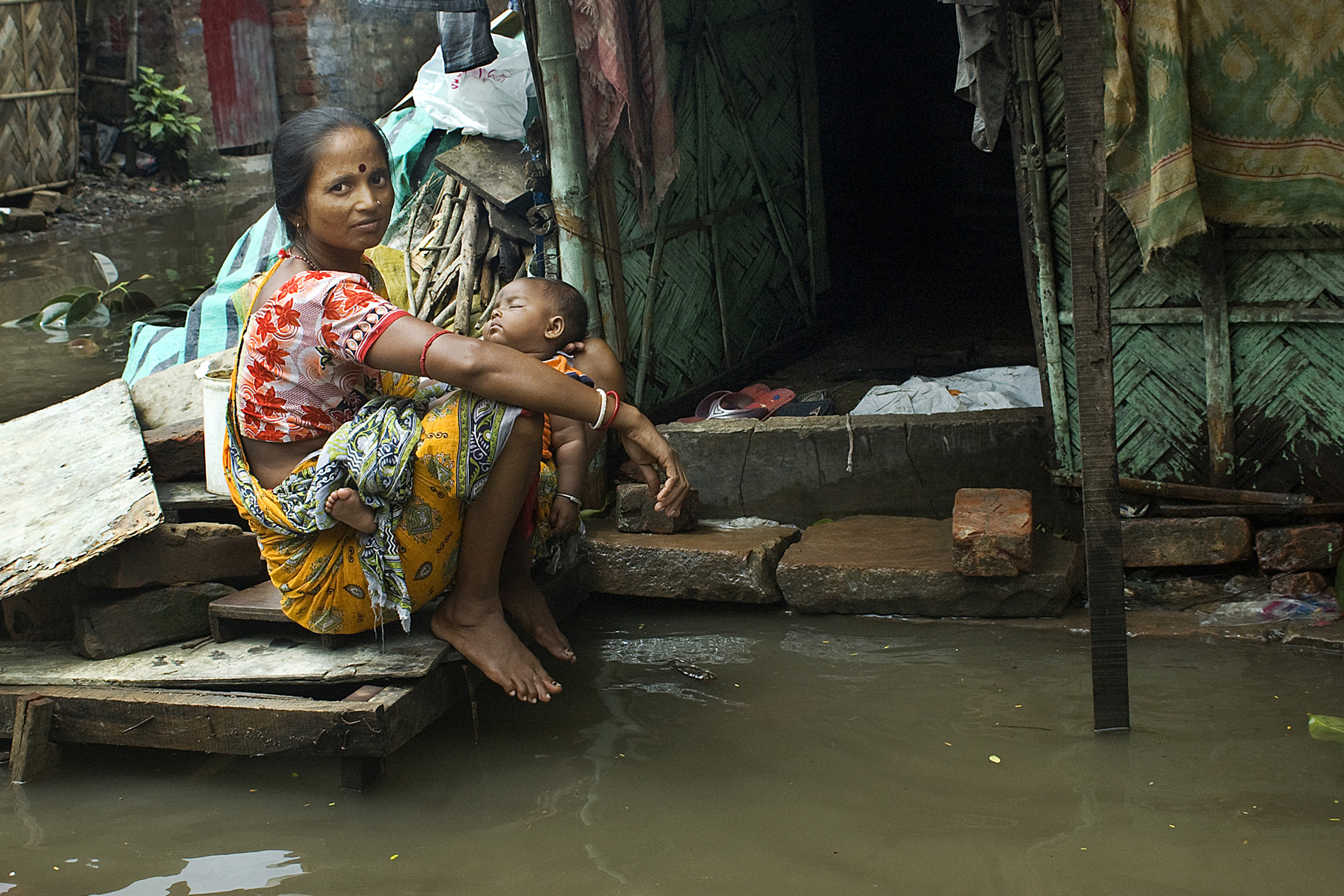
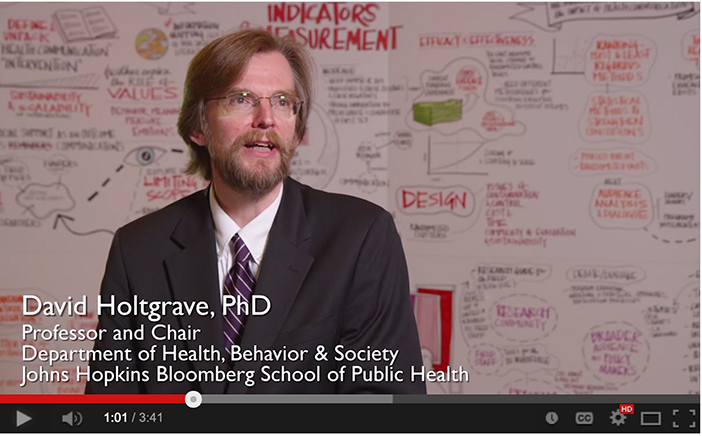
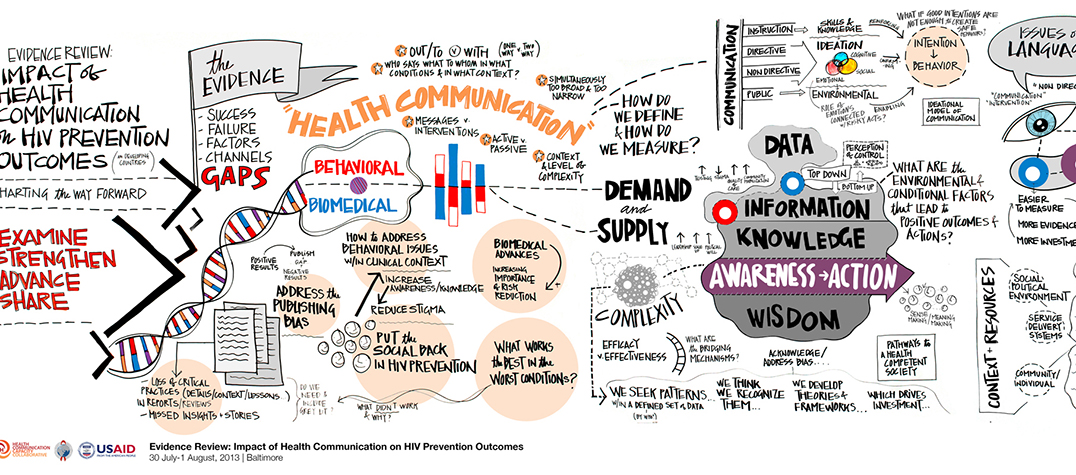

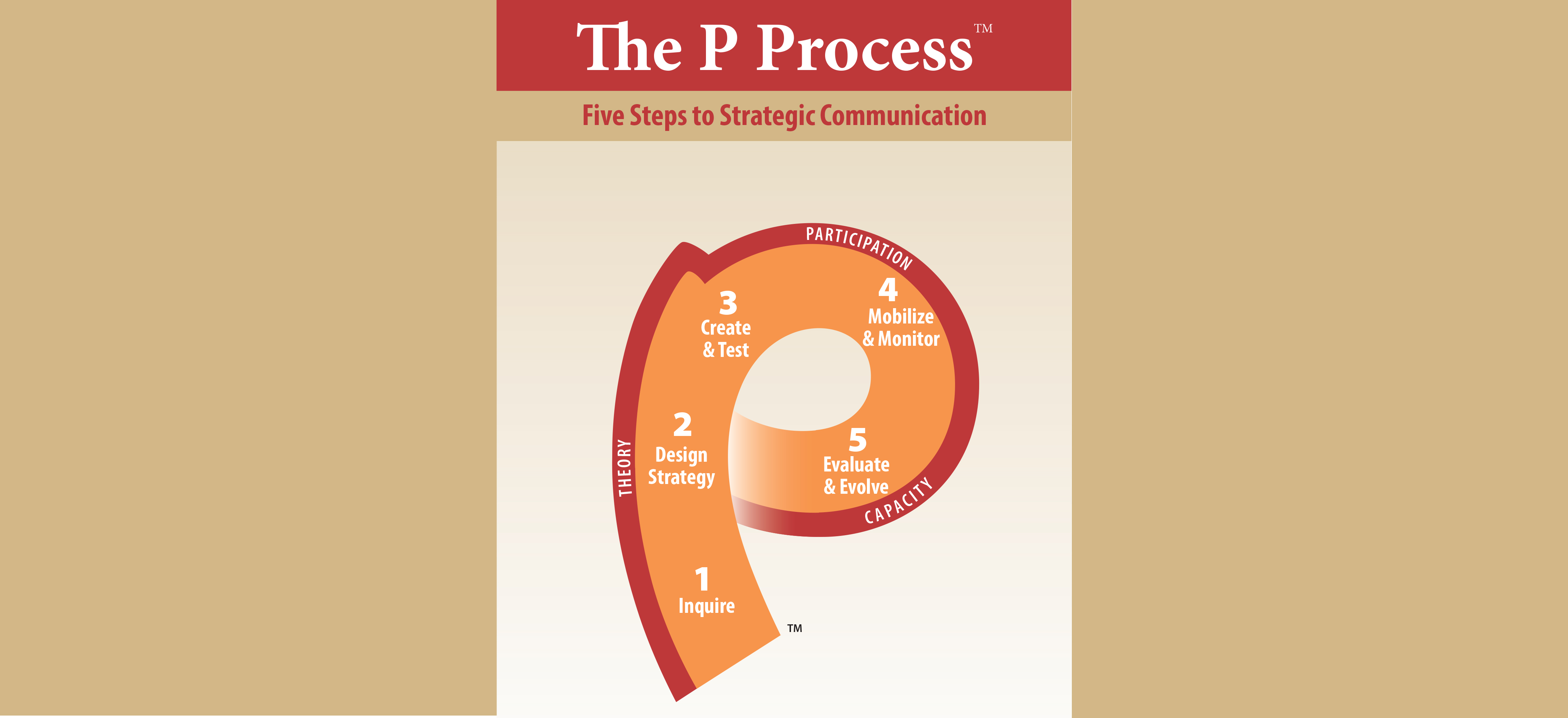
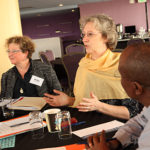

Leave a Reply
Want to join the discussion?Feel free to contribute!